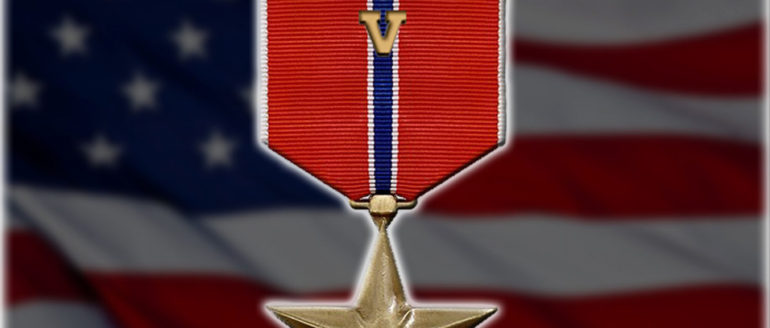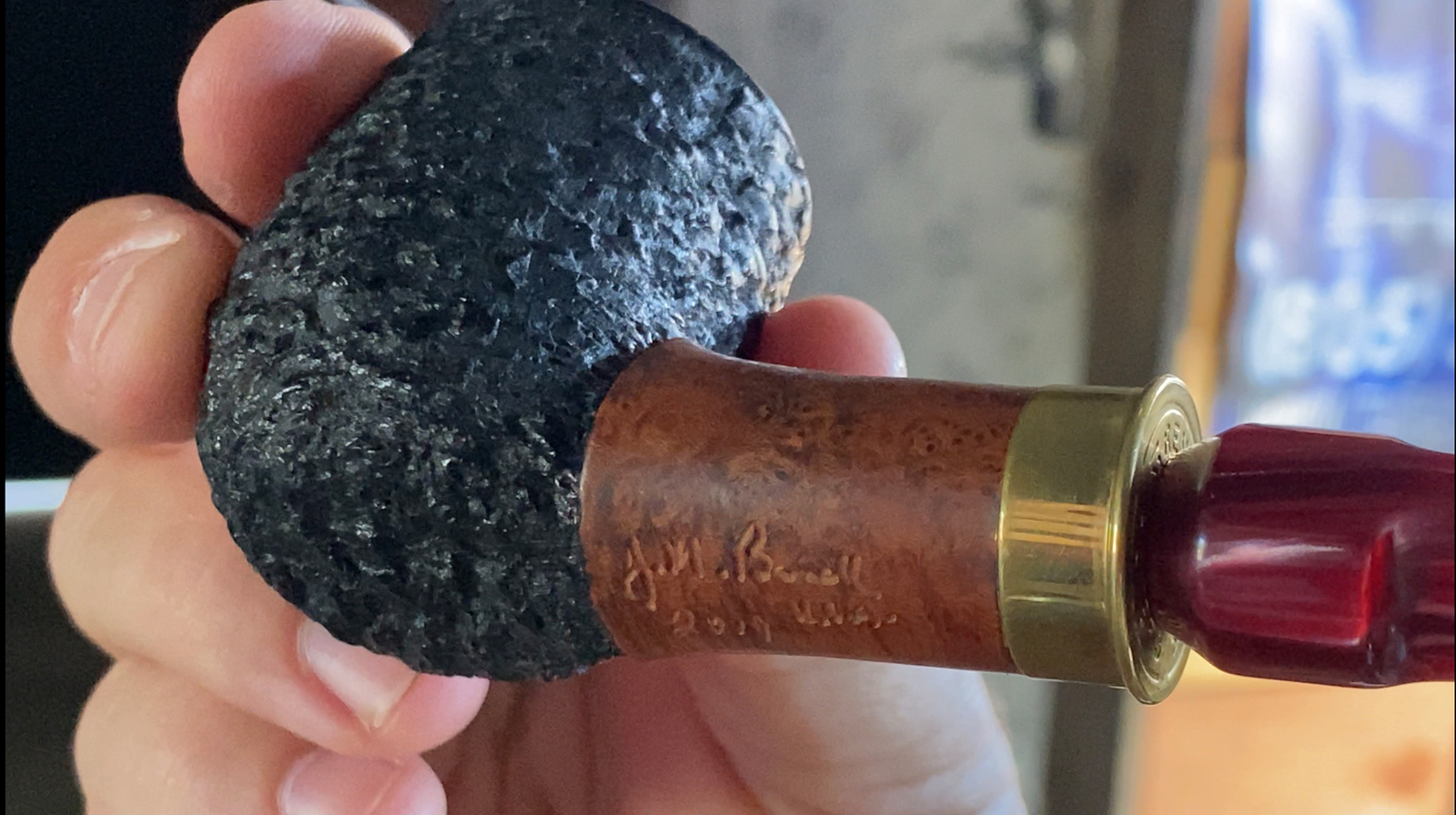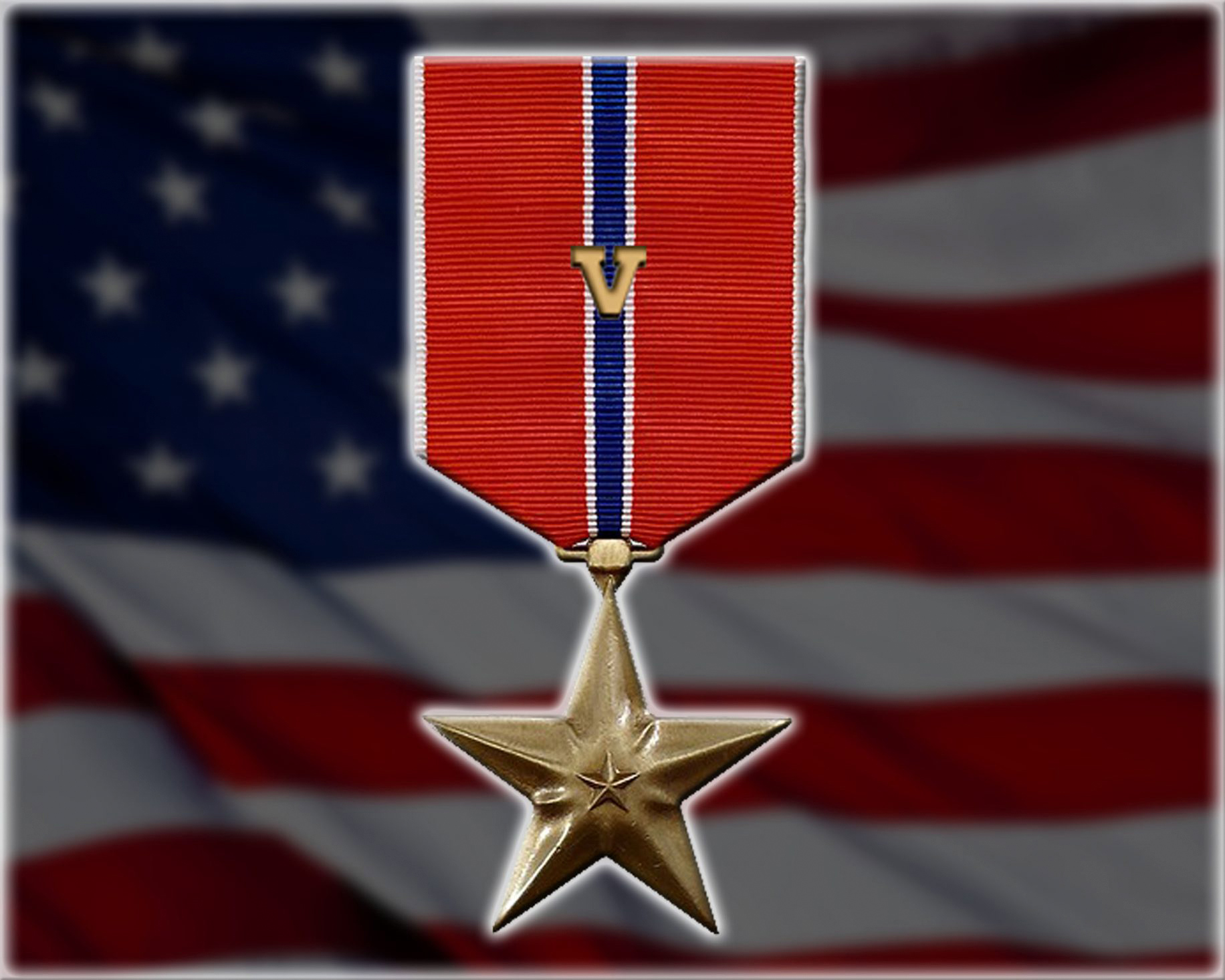
A faded Synoptic Weather Chart for the morning of Saturday, July 1, 1916 read “Light to moderate breezes between East and North, fair to dull. Some showers and mist.” A low-pressure system passing over the English Channel and onto the continent pushed a break in the rain on that first day of July. Bright yellow rays punched down into No Man’s Land and alighted on what poet Siegfried Sassoon described, as a “sunlit picture of hell.”
That morning, as the winds changed direction, in the hour when the last mist still clung to the meadow, the whistles blew 8 divisions of British troops into the valley of the shadow of death. Overconfidence in the previous day’s bombardment led officers to conclude that enemy resistance would be minimal and that the allied troops would need their shovels and full 50-pound packs to reinforce captured German positions. General Sir Henry Rawlinson had given the command that the infantry should advance toward the enemy at a walking pace, in evenly spaced lines, some evidence suggests that this command was ignored. German soldiers would later report that the offensive looked more like a mass suicide than an assault, writing that they didn’t even have to aim, “We just fired into them, and they kept falling.”
That first day marked the bloodiest battle in British history with 57,470 casualties and 19,240 deaths. Military historian John Keegan would later write, “[For the British] the battle was the greatest tragedy. . .of their national military history,” and, “marked the end of an age of vital optimism in British life that has never been recovered.”
In 1914, Major-General Ernest D. Swinton was a journalist covering the front lines of the “War to End all Wars.” Exposed to a wide-ranging view of the newly deployed tactic of trench warfare; he happened upon an idea. He began to sketch out a design for an armored vehicle, mounted on tracks like the one he had seen on a Holt Tractor from the United States. Early adoption of the idea was slow with Lord Kitchener canceling one of his first meetings on the pretense that he was, “Too busy.”
The introduction of slow-moving armor was a hard sell to the Gentleman Officers who placed supreme faith in the swift, mounted charge of British Cavalry. The project languished unfunded for over a month before Sir Winston Churchill in control of the Admiralty, made the unusual move of allocating money out of a Naval fund, for what he would call his, “Landships.” Swinton would later write, “Thus, at a time when the machine gun destroyer scheme had for six weeks been lying moribund at the War Office, abandoned as an impossibility, here was born on the other side of Whitehall a special organization, well supplied with the sinews of war for its support….In May [Churchill] severed his connexion with the Admiralty, though retaining an active interest in the landship project.”
Tanks would eventually be deployed during the Battle of the Somme; but not until mid-September after the rains had intensified. If one were to calculate the delays in the project, the problems of cancelled meetings and intransigent officers; the tally would amount to at least 3 months. Had the idea not faced such an uphill battle; the armored “Landships” might have been available that fateful morning when the whistles blew.
A German report of the psychological impact of the tank once deployed against their troops reads as follows:
“The monster approached slowly, hobbling, moving from side to side, rocking and pitching, but it came nearer. Nothing obstructed it: a supernatural force seemed to drive it onwards. Someone in the trenches cried, “The Devil comes!” And that word ran down the line like lightning. Suddenly tongues of fire licked out of the armoured shine of the iron caterpillar…the English waves of infantry surged up behind the Devil’s chariot.”
It’s hard not to wonder what a difference that factor could have made on the first day of July back in 1916
This Thursday, on the 11th day of the 11th month of the year, we celebrate Veterans Day, formerly Armistice Day, to commemorate the end of hostilities in the Great War. In the 1950s the Congress of the United States changed the name to Veterans Day to continue the extension of gratitude to Veterans of later wars; but they saved the connection to the Armistice of the Great War as a lingering message of remembrance.
The lessons learned in that war were short lived; and it was little time before the sons of those fallen on Flanders Field would find themselves a long way from Tipperary, once again. The lesson of the importance of armor was quickly established by the younger men who survived going over the top and battlefield tactics and minds were changed. Except for Field Marshal Douglas Haig, who commanded the Allied Forces on the Western Front. The embittered old Commander would take his faith in mounted Cavalry to the grave. In 1926 Hage wrote that he, “Believe[d] that the value of the horse and the opportunity for the horse in the future are likely to be as great as ever. Aeroplanes and tanks are only accessories to the men and the horse, and I feel sure that as time goes on you will find just as much use for the horse—the well-bred horse—as you have ever done in the past.”
One hundred years later, Staff Sergeant USMC [Ret] Jeremy Stafford walked into the famous gun room at Taran Tactical in Simi Valley, slapped his pipe roll down on the table and smiled. Stafford is well tanned after a summer working the streets of Los Angeles in an LAPD cruiser. Stout and trim, the 49-year-old veteran of the Iraq War is built like a college fastback, with shoulders as wide as a door frame. A sleek 1990s style USMC tattoo on his bicep occasionally peeks out from under the sleeve of his shirt.
Unraveling a leather chord from his pouch he removed a stout, rusticated billiard with the customary signature on the bottom of JM Boswell. The pipe is an army-mount style with the end of the shank clad in the brass base of a shotgun shell. In his pouch the Latakia laden, Boswell’s Northwoods.

Pulling out a glass mason jar, I pop the top and hand it to Stafford. He breathes in deeply, “Dan’s Blend,” another Boswells favorite. “Wow, that smells like grandpas blend right there! A real classic.”
Stafford’s senses are on point. I am half convinced that the local favorite, “Grandpa’s Blend” at Marty’s Cigar shop in Pasadena, is actually the legendary sweet, golden Virginia cavendish of Dan’s Blend. The smell is somewhere between brown sugar and freshly cut hay with a subtle back end note like the tingle of chai masala. Both Jeremy and I grew up enjoying flavored pouch blends in the 1990s and dipping into the apothecary jars for various well-sauced American blends. The return to an old classic is a welcome experience.
The ribbons are a nice shag cut and present in the usual formation of a sauced blend; rich and slightly damp. Stafford lit his army mount pipe and a delicious aroma began to swirl in the half open enclosure. As the afternoon light peered in through the open gun range behind him the warrior leaned forward, and his eyes sharpened. “There’s definitely some sugar, maybe honey or molasses? I’m getting a little bit of caramel or something.”
“There’s definitely a bit of brown sugar aroma in there,” I say in agreement.
“This smells like America.” Said Stafford.
I managed to retort with a grumbled “Mmmhmmm.”
![Staff Sergeant USMC [Ret] Jeremy Stafford](https://pipesmagazine.com/wp-content/uploads/2021/11/Staff-Sargent-USMC-Ret-Jeremy-Stafford.jpg)
NBC News reported in 2004 that early on in the conflict, soldiers began welding any metal they could get their hands on to the vehicles; including sending their Humvees out to Local Iraqi shops to have them armored with scrap steel. Records reveal that the Army was aware of this problem years before the war started. A 1997 paper by Maj. Clifford E. Day, concluded the reliance on soft-skinned Humvees “needlessly put troops in harm’s way without the proper equipment to successfully complete the mission.”Unfortunately, the calls to armor the vehicles in the 1990s fell on deaf ears.
Stafford lead the first joint US / Baghdad Police patrol in the old city. As an LAPD officer back home, he had the training and expertise in civilian police work that would guide him in helping to rebuild a police force in Iraq. Running down a lead from one of his checkpoints revealed that the town of Sumer on the outskirts of Baghdad was in control of the Fedayeen, a paramilitary force fiercely loyal to Saddam. A child had been caught with a bag full of bayonets and, after questioning, broke down and revealed that the paramilitary force had tortured his father and was promising to kill anyone in the town who worked with the Americans.
As the small convoy of unarmored Humvees made their way on to the only road into the town, Stafford was well aware of the fact that his vehicle couldn’t stop a small calibur round fired from a pistol. His eyes were peeled as they slowly made their way into the maze of streets and alleyways. It was sometime around high noon and the bight light on the mud brick walls made shadows appear dark. Just then, Stafford noticed two men armed with AK-47s climbing through a window behind a house, headed to an alleyway, just in front of the convoy. “I remember saying, “GUN GUN GUN!” and jumping out of the Humvee,” said Stafford.
As soon as his feet hit the pavement he ran to the front of the slow moving convoy, sure that an ambush was imminent. No one else had noticed the enemy movement. A hail of .762 rounds would cut through the outer shell of the vehicles like they were made of paper. Running past the lead vehicle Stafford turned the corner and was confronted head on, by two enemy combatants with AK-47s who had begun to take up positions for the ambush, they opened fire immediately, spraying from the hip like a pair of rookie commandos in a low budget Bollywood film.
An old man had been walking in the street ahead of the convoy, Stafford pushed him to the ground and then, as the bullets fell about his person like rain, raised a Mossberg 590 Pump Action Shotgun to his shoulder. Upon deployment, his unit was allowed to bring one extra footlocker everyone was allowed to pack an extra item; Stafford brought a few boxes of Shotgun Slug ammunition. He pressed the trigger
“I was really feeling the urgency of the moment, I wasn’t panicked but the overwhelming urgency caused my first shot to land a bit low, in the hip, it spun the guy around. I remember thinking, ‘breathe, press, breathe, press’ the next shot hit square between the shoulder blades. All my subsequent shots were right on. At that range, I might have been okay with buckshot,” said Stafford, “But the slug is going to be more authoritative way to stop a fight. It’s a huge chunk of lead moving really fast, and it just blows holes in people.”
Stafford continued, “After the first engagement, the bad guy went down. I fell prey to a common problem; you get auditory exclusion, and you also get really bad tunnel vision; I remember looking at him. I had never killed anybody you know? Then I remember thinking, I have to scan and see if there are anymore threats. I looked to my left and there’s another guy standing there, just hosing me with full auto fire man.”
The sound of the gunfire was muted in Stafford’s ears, he said that he could hear it but that it was more of a low thumping in his head. As he swung his gun to the left, he felt a round hit the ground between his feet. Another round, ripped within inches of his ear, “I had auditory exclusion but when that shot went past my ear, I heard the sonic snap.”
He pressed the trigger again and the attacker fell dead. “After that, it was just kind of a free for all,” said Stafford, “These guys were climbing over the wall and I’m just trying to keep up with them, as they’re climbing over it was almost like a video game, they just kept coming over. At one point, I remember getting a click instead of a bang and I turned around and ran back toward the truck for cover, the Humvees had caught up and the MPs were starting to open up with a .50–it jammed.”
I’ve seen Stafford load a shotgun before, it’s like watching a magic trick. Look the other way for a moment and he will have already slid two shells into the tube, almost simultaneously, “I’m sure I was going fast, but brother, it felt like the slowest [reload] on the planet, it felt like I was moving through molasses. I partially loaded, I would put in two or three and shoot, put in two or three and shoot and eventually I grabbed our driver’s M-16 and I started shooting them with my driver’s M-16. We were taking fire from the building itself and the command decision was made, not by me, to push through the objective and call for reinforcements,” Stafford said.
“We kept going on the main street which turned out to be a bad idea as the end was a traffic circle and we were forced to drive back into the ambush. But at that point, they were fleeing and dying. We took a containment position. When our back up got there, they found something around 20 dead. It was an intense little firefight,” Stafford said with a nonchalance that understated the importance of his actions that day. If he hadn’t seen the movement, if he hadn’t run to the front, the full auto fire of the Fedayeen gangsters would have cut the convoy in two and with a jammed .50 caliber turret gun; they would have been nearly defenseless against the ambush.

For his actions that day, Stafford received the Bronze Star with the “V” distinction for Valor, awarded for his heroic actions in battle. When I asked him how many confirmed kills he had in combat, he replied, “I wasn’t a sniper so that’s not something that is normally tracked for infantry.” After a bit more prodding he reasons that he had, killed 7 or 8 in the attempted ambush and about ten more during his time in the desert.

Toward the end of our chat, we spoke about the class structure of military rank and how it can be sometimes difficult to communicate the situation on the ground to those in charge. Another friend of mine in the State Department, arrived with the civilian surge in Iraq, 2009. He wrote a book about his experience of being forced to spend cash by the pallet load to build Iraqi employment projects, like $2 million for a fully automated chicken factory, that employed three people and put out chickens that cost $2 more than the frozen chickens the Iraqis were already buying from Brazil. Or when the U.S. ambassador decided they wanted to have a grass lawn in front of the main Embassy building in the heavily protected “Green Zone.” The sod, delivered from Kuwait under armed convoy, was said to have cost somewhere in the neighborhood of $3 to 5 million dollars.
It’s easy to get lost in the larger frame of context in modern conflicts. They say that most generals end up fighting the last war, the one they last remembered, and that their tactics suffer because of it. In recent times, victory has been elusive. There always seems to be some office type, clad in the State Department’s unofficial uniform of a Navy blue blazer and khakis to come and snatch defeat from the jaws of victory.
But on this Veterans Day 2021; we turn the microscope a bit and zoom in to the individual warrior, who laid down his life for his friends and in that moment in time; achieved a Flawless Victory. Good guys 20. Bad guys zero. And for that one small moment the tide in that town turned one degree closer toward freedom. Happy Veterans Day to you all; and thank you for your service.















